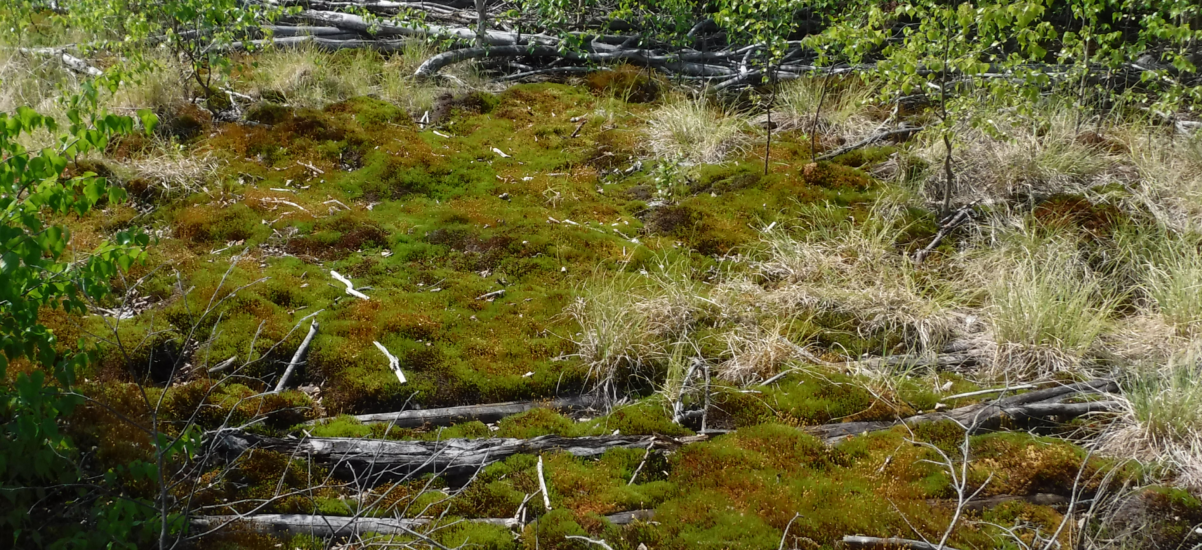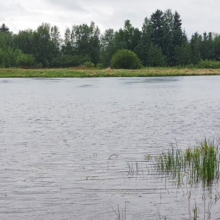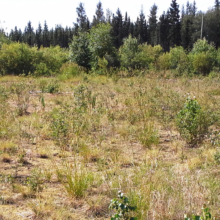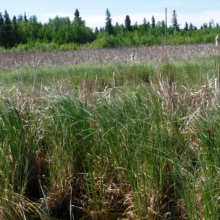MEMS prepared and submitted a wetland compensation program for disturbance to 10 ha of wetlands in 2011 that proposed the construction of a restored peatland, and the restoration of a riparian wildlife corridor in lieu of a one time wetland replacement fee. A 0.34 ha seasonal graminoid marsh was constructed in 2012, and white spruce was planted along an ephemeral drainage in 2013. Fencing was also installed around a 2.7 ha peatland which had been impacted by cattle grazing. Existing drainage ditches were plugged to allow surface water flows and soil moisture regimes to re-establish.


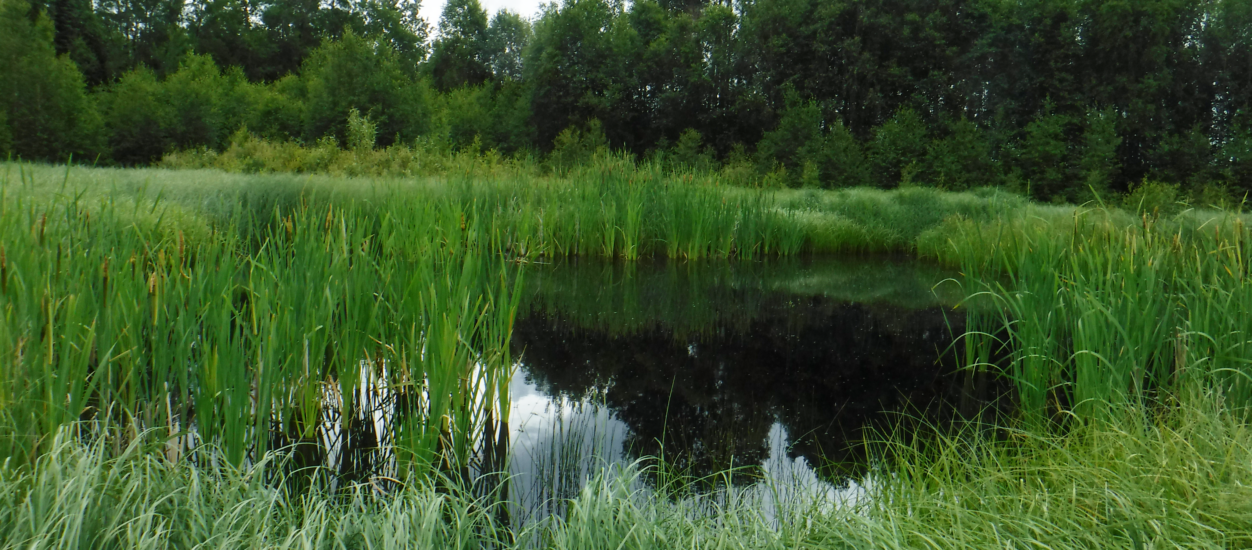
Following a change to the project footprint MEMS proposed a new wetland compensation program in 2016 where two reclaimed borrow pits which had been seeded with vegetation associated with temporary or seasonal marshes, an old historic peat farm adjacent to the borrow pits and the fenced restored peatland were used for compensation. The total area of wetlands to be restored under the 2016 program is 11.49 ha.

Heavy birch encroachment within the fenced peatland had created competition for water resources and shading, decreasing the ability for desired mosses and vegetation species associated with a graminoid or shrubby fen to establish. Aerial spraying of the birch with a selective herbicide was conducted in 2016 to kill off the birch.

Despite two years of flooding in 2018 and 2020 a distinct emergent wetland vegetation zone is establishing along the two reclaimed borrow pits, and wildlife such as muskrats, ducks, coots and molluscs have been observed. The old historic peat farm which was dry in 2015 has now had its moisture regime re-established with the plugging of the old drainage ditches and it is establishing itself as a graminoid fen. In the reclaimed peatland where birch control had been conducted moss cover has steadily increased since 2017 and is trending towards a shrubby fen.
